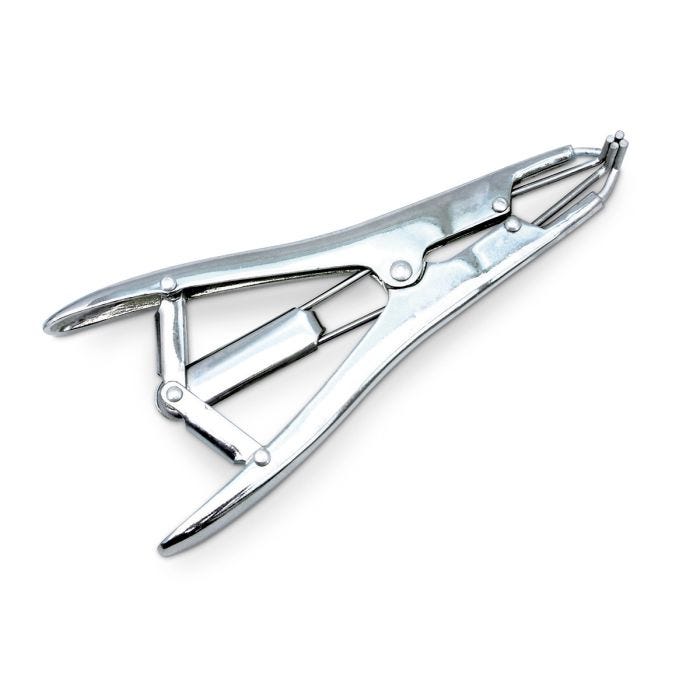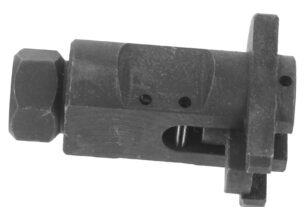Are you a livestock owner looking for an easy, safe, and effective way to castrate your animals? Then you need to know about the elastrator tool. This small yet powerful device is commonly used in livestock management to castrate male animals quickly and efficiently.
In this article, we’ll take a closer look at the elastrator tool, how it works, and its benefits. We’ll also discuss some tips on using the tool safely and effectively. So let’s get started!
What is an Elastrator Tool?
An elastrator tool is a device used in livestock management to castrate male animals. It consists of a metal or plastic plier-like tool with a rubber ring or band attached to the end. The ring or band is placed around the base of the animal’s scrotum, cutting off blood flow to the testicles. After a few weeks, the testicles will shrink and fall off.
The elastrator tool is commonly used on sheep, goats, calves, and even some larger animals like cattle. It’s an affordable and efficient alternative to surgical castration, which requires anesthesia and recovery time.
How Does an Elastrator Tool Work?
The elastrator tool works by placing a rubber ring or band around the base of the animal’s scrotum. The ring or band cuts off blood flow to the testicles, causing them to die off due to lack of oxygen and nutrients. The dead tissue then falls off in a few weeks.
The process is painless for most animals since nerve endings are located higher up on the scrotum than where the ring or band is placed. However, it’s essential to ensure that the ring or band isn’t too tight as this can cause discomfort and even pain.
Benefits of Using an Elastrator Tool
Using an elastrator tool has several benefits, including:
1. Affordable and Efficient: The elastrator tool is an affordable and efficient alternative to surgical castration. It’s easy to use and requires no anesthesia or recovery time.
2. Safe and Painless: The process of using an elastrator tool is safe and painless for most animals. It doesn’t require any incisions or sutures, reducing the risk of infection.
3. Reduced Risk of Injury: Using an elastrator tool reduces the risk of injury to both the animal and the operator compared to surgical castration.
Tips on Using an Elastrator Tool Safely and Effectively
Here are some tips on using an elastrator tool safely and effectively:
1. Choose the Right Size Ring or Band: It’s essential to choose the right size ring or band for the animal you’re castrating. A ring that’s too small can cause discomfort, while a ring that’s too large may not be effective.
2. Ensure Proper Placement: Make sure the ring or band is placed correctly around the base of the scrotum. It should be tight enough to cut off blood flow but not too tight as to cause pain or discomfort.
3. Monitor the Animal: After castration, monitor the animal for signs of infection or other complications. If you notice anything unusual, consult a veterinarian immediately.
In Conclusion
The elastrator tool is a useful device in livestock management for castrating male animals quickly and efficiently. It’s safe, painless, and affordable, making it an excellent alternative to surgical castration. Remember always to use it safely and effectively by choosing the right size ring or band, ensuring proper placement, and monitoring the animal for any complications after castration.
If you want more information about livestock management tools like the elastrator tool, check out our wiki reference below or browse other authoritative websites in this field.
Wiki Reference: https://en.wikipedia.org/wiki/Elastrator




